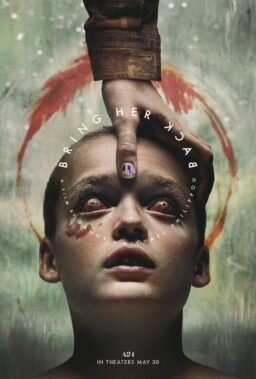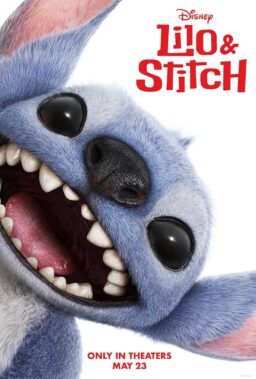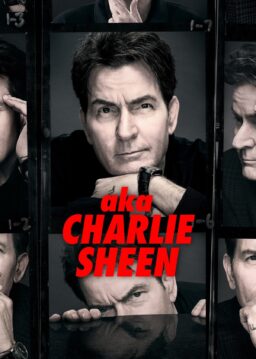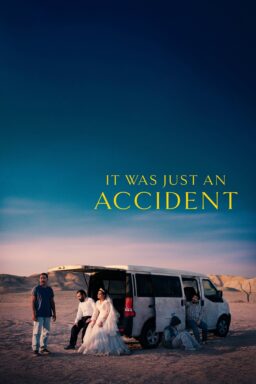
Marlene Dietrich, “The Scarlet Empress” (Josef von Sternberg, 1935). A pivotal moment of (re-) birth after providing her country with a male heir — though not one fathered by her husband, royal half-wit Grand Duke Peter.

“Scarlet Empress”: “… one of those extraordinary women who create their own laws and logic…” Beds, dreams, filters.
Memory starts one image pinging off others across time and movies. Ruminating upon the Close-Up Blog-a-thon at the House Next Door (which, obviously, I can’t stop doing), I see close-ups flowing into and out of one another, dreams within dreams within nightmares, on themes of memory, loss, identity, the process of consciousness and the end of consciousness — you know, the stuff movies are made of.

“Once Upon a Time in the West” (1969) (Sergio Leone): Mrs. Jill McBain (Claudia Cardinale) arrives in Sweetwater to find her family slaughtered. After the funeral, she is alone in a big bed in a small room in a vast new land.

Final shot, “Once Upon a Time in America” (1984) (Sergio Leone): David “Noodles” Aaronson flops down in an opium den to smoke away his pain and drifts off into a narcotic dream…
In the Godardian spirit of making a movie as a critique/analysis of other movies, here’s a free-association visual essay/commentary on close-ups (with inserts, jump cuts, switchbacks, flashbacks, flash-forwards…) that got synapses firing in my brain as I flipped through shots in my memory — and my DVD collection. Looking back, most of them seem to be filtered, obscured, freeze-framed or reflected faces of characters reaching an impasse or a reckoning — largely from the endings of some of my favorite movies. I wish I could actually cut the film together, so that I could show them in motion, control how long each shot remains on the screen and fiddle with the rhythms (flash cuts, match cuts, reversals of motion), but I don’t know have the technology or the know-how for that at the moment. So, imagine this as a (sometimes perverse) little movie, a “found footage” montage sequence… Kuleshovian, Rorschachian, Hitcockian, Gestaltian, however you want to look at it. I suppose it’s also a look in the mirror.
Hope you can see the associations, juxtapositions, oppositions, contradictions I was going for, although I’m not sure I consciously understand all the leaps myself. They just flowed together this way. Feel free to make your own connections. (And, of course, be aware that you may find spoilers surfacing. With a broadband connection all 38 enlarge-able images should load in about 10 seconds.)

Final shot, “McCabe & Mrs. Miller” (Robert Altman, 1971): The camera moves in on Mrs. Miller (Julie Christie), in an opium den while snow drifts outside.

Flash cut to final shot of “Petulia” (1968) (Richard Lester): Petulia (Julie Christie), in labor, feels the hand of someone (husband? lover? doctor?) on her cheek just before she blacks out under anaesthesia.

Flash cut to final close-up, “Le Boucher” (Claude Chabrol, 1970): Drained and devastated after a long and harrowing night-trip to the hospital, Helene (Stephane Audran) drives herself to a dead end and stares across the impassible river in the cold light of dawn.

Flash cut to final freeze-frame close-up, “The 400 Blows” (1959) (by Chabrol’s New Wave compatriot, Francois Truffaut): Antoine Doinel (Jean-Pierre Leaud) reaches the ocean at the edge of the continent. Where to go from here?
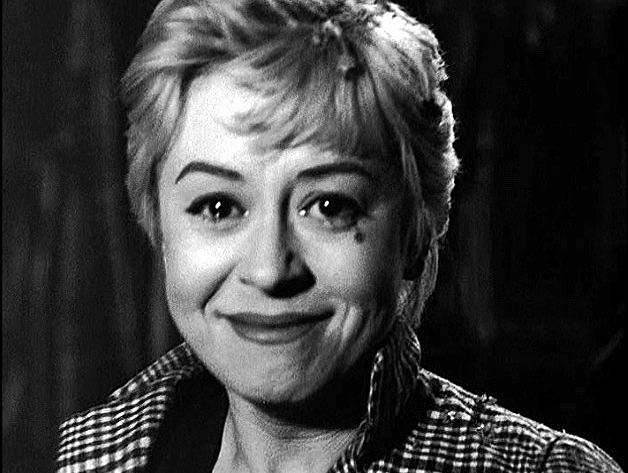
Flash cut to final moment of final shot: “Nights of Cabiria” (1957) (Federico Fellini): Cabiria (Giulietta Masina) pulls herself together, puts her game face on, looks into the camera and smiles through tears in a tender moment of quiet triumph. Another of the most famous movie-ending close-ups.
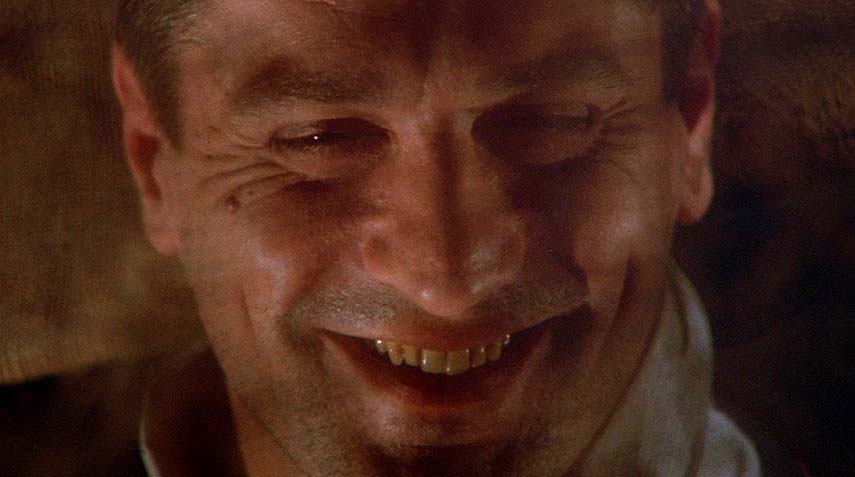
“America” (cont.): Tail end of final shot, as Noodles breaks into an enigmatic grin.

Picking up the same shot where we left off, pushing in on Mrs. Miller in the opium den: “McCabe” (cont.)

“McCabe” (cont.)

Tail end of final shot, “Repulsion” (Roman Polanski, 1965): Into the eye of madness. Closing in on a family photo with the young Carol (Catherine Deneuve), reversing the movement of the titles/opening shot.

“Repulsion” (cont.)

“Psycho” (1960) (Alfred Hitchcock): Pulling out from the lifeless eye of Marion Crane.

“Psycho” (cont.)

Flash to: “Un Chien Andalou” (1928) (Luis Bunuel and Salvador Dali)

End of opening titles sequence (“Vertigo” (1958), Alfred Hitchcock)

Opening titles sequence of “Repulsion,”

“Repulsion” (cont.)
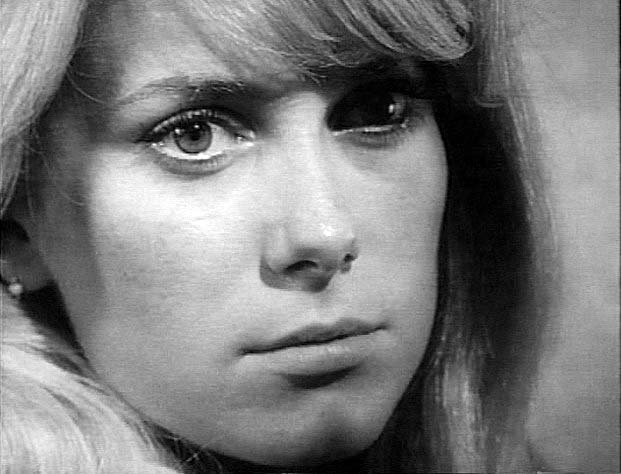
“Repulsion” (cont.)

End credits, “Twin Peaks” (David Lynch, 1990): The late Laura Palmer (Sheryl Lee), beauty queen in the high school display case, frozen in time.

“Twin Peaks”: Laura Palmer, unveiled as an exquisite corpse, “wrapped in plastic” and frozen in time. An indelible recurring image, like something from a dream. Presented throughout the series as a still image.

Re-wind to last moments of penultimate shot, “McCabe & Mrs. Miller”: Frozen. A slow zoom that becomes an optical enlargement.

Fourth-from-last shot, “The Shining” (1980) (Stanley Kubrick): Jack Torrance (Jack Nicholson), frozen in time at the Overlook Hotel.
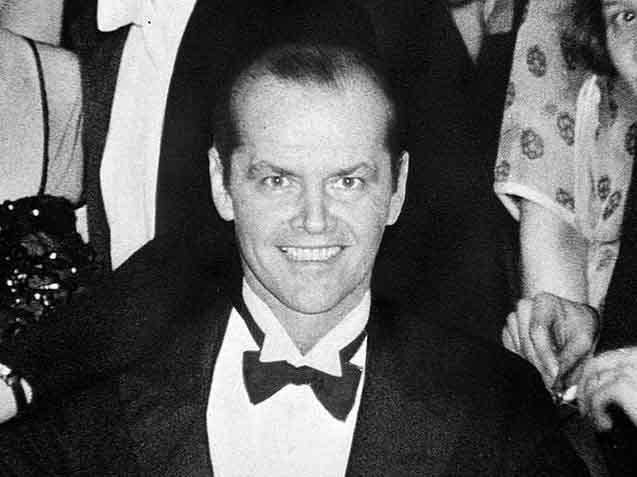
Final shot, “The Shining”: Jack Torrance frozen in 1921 at the Overlook Hotel, looking us (and himself) in the eye: “You’ve always been the caretaker here.”

Flash to the extreme close-up of the back of the death’s head moth, “Un Chien Andalou.”

Flash to “Psycho”: Mrs. Bates.

Flash to “Repulsion”: Carol’s beauty parlor client.
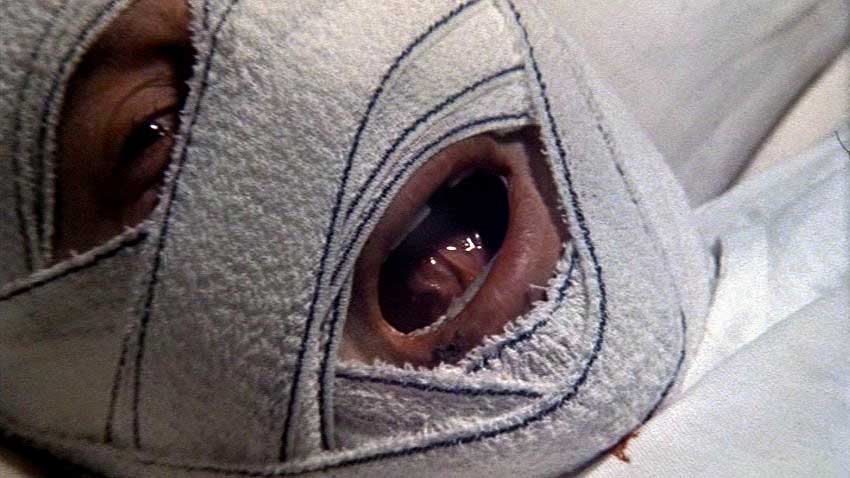
Flash to final shot of “The Tenant” (1976) (Roman Polanski): The scream, the recognition of the horror, the transference of identity.

Flash to “Persona” (1967) (Ingmar Bergman): Mirror-image close-ups and the transference of identity, Bibi Andersson on the left and Liv Ullmann on the right.
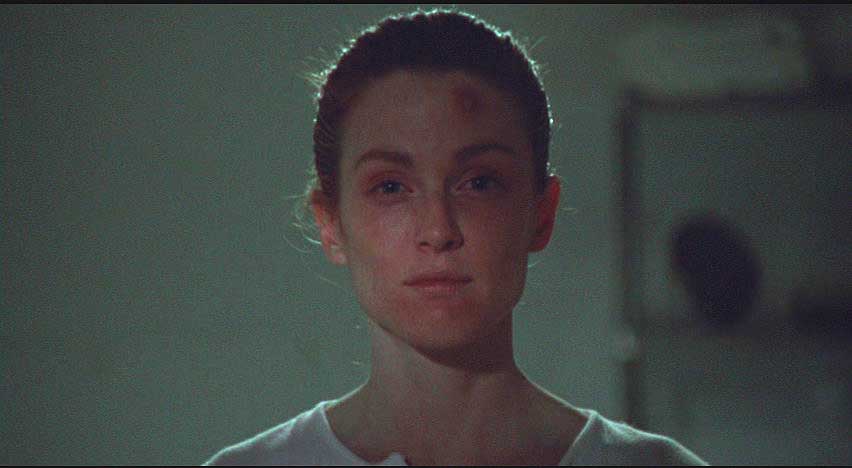
Final shot, “Safe” (1995) (Todd Haynes): Frozen in the mirror, Carol White (Julianne Moore), in a sterilized, hypo-allergenic underground bunker, confronts her mortality, face to face, in the mirror: “I love you.”
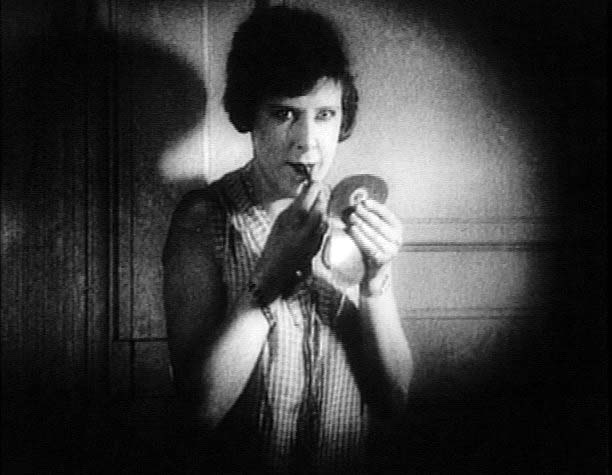
“Un Chien Andalou”: The Young Woman (Simone Mareuil) defiantly applies her face in the mirror.

“The Marriage of Maria Braun” (1979) (Rainer Werner Fassbinder): Maria Braun (Hannah Schygulla, Dietrich’s heiress), self-made woman and Mata Hari of the Economic Miracle, applies her face in the mirror: “I look like a poodle.”

Reverse angle: “Maria Braun”: “I’ll bet Americans are just crazy about poodles.”

“The Scarlet Empress” (1934): In the process of becoming…

Final shot, “The Scarlet Empress”: Catherine the Great climbs to the top, achieving her moment of greatest, loudest triumph and self-creation/realization with an ecstatic, power-mad smile and a kaleidoscopic overlapping montage.

Final close-up into final shot, “Psycho”: Norman Bates (Anthony Perkins) and the triumph of Mrs. Bates, midway through the dissolve: “They’ll see. They’ll see and they’ll know. Why, she wouldn’t even harm a fly.” THE END





